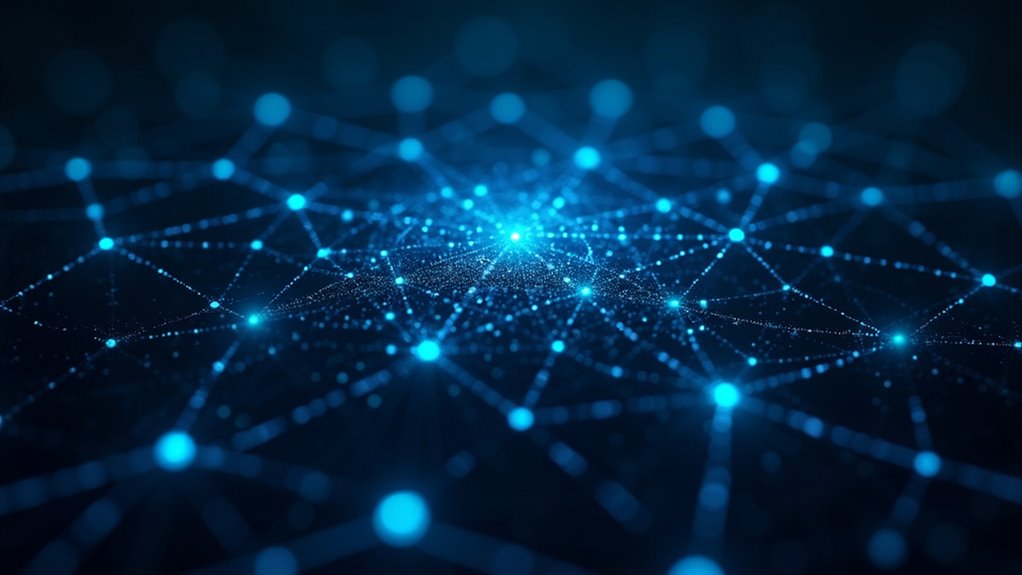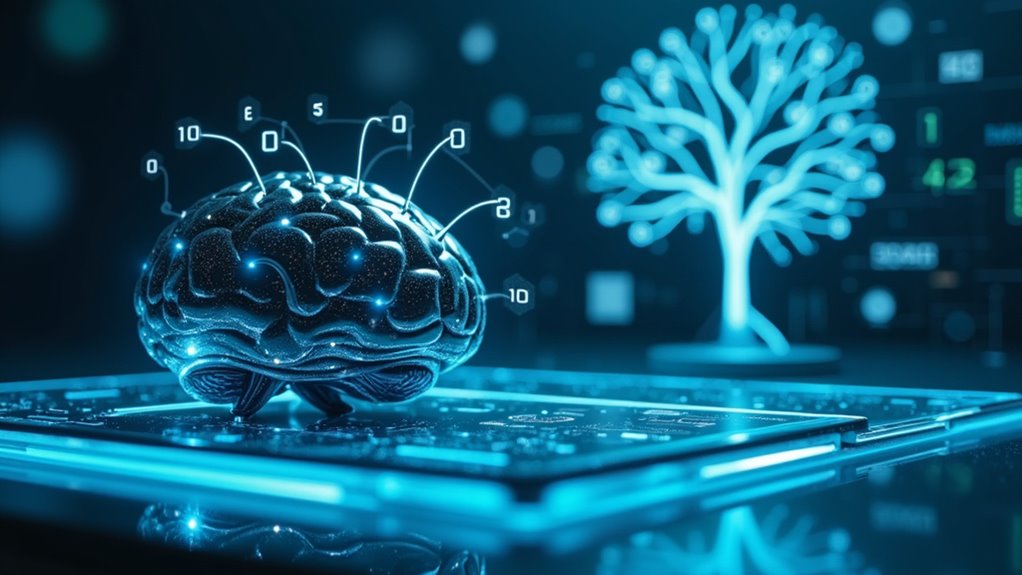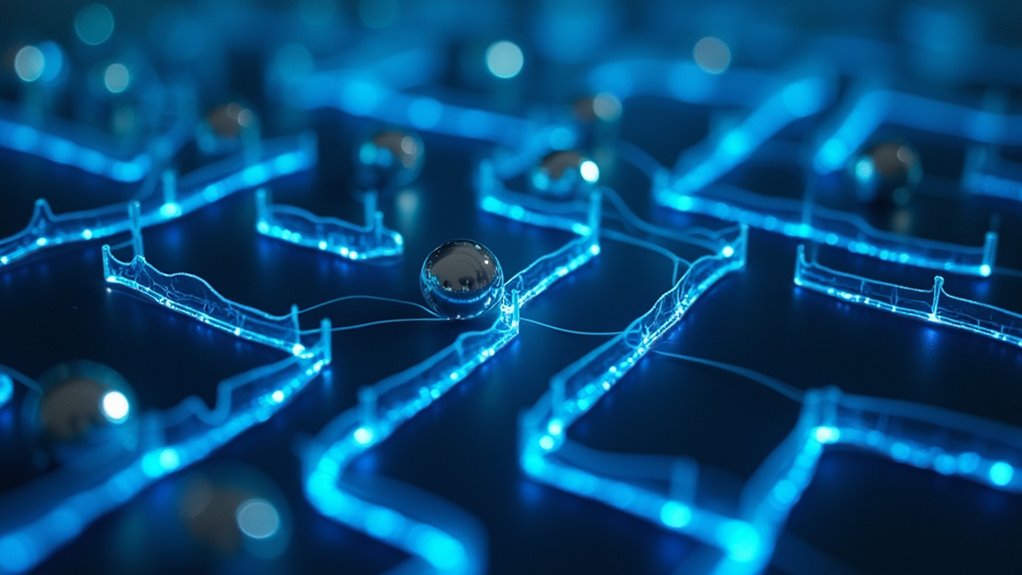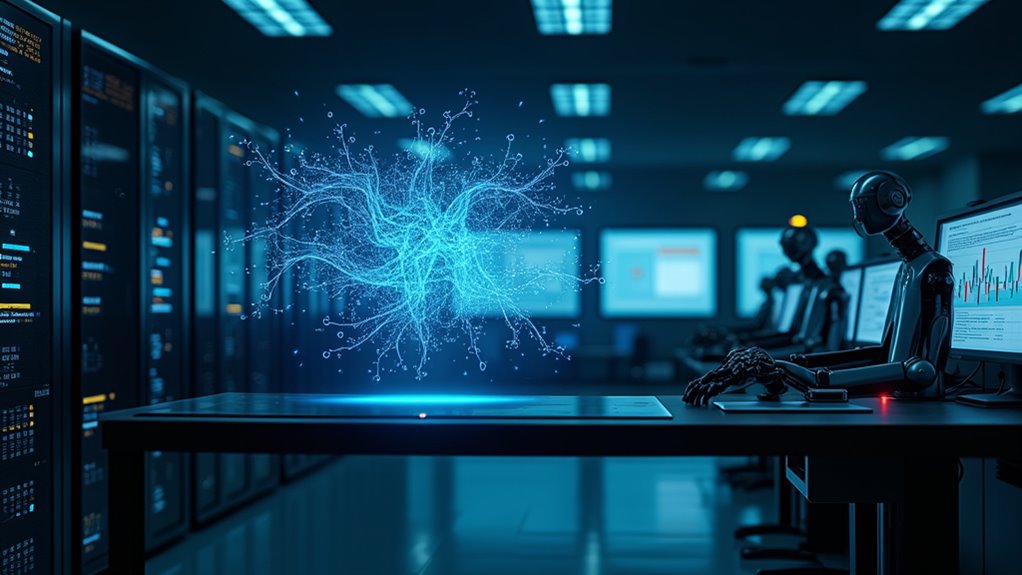Turnitin’s AI detection tool is pretty darn good at catching digital cheaters. Launched in April 2023, it boasts a 98% accuracy rate in spotting AI-generated content, but only flags text when it’s super confident. The system breaks down submissions into chunks, analyzes patterns, and spits out detailed reports. Sure, some students still try to outsmart it, but with over 10% of papers containing AI content, professors aren’t messing around anymore. There’s more to this cat-and-mouse game than meets the eye.
While students scramble to outsmart their professors with AI-generated essays, Turnitin has thrown down the gauntlet. Since April 2023, their AI detection tool has been catching digital cheaters with a claimed 98% accuracy rate. No more sneaky ChatGPT essays slipping through the cracks – or at least that’s what they want us to believe.
The system carefully breaks down submissions into smaller sections during processing for thorough analysis. The numbers don’t lie. Over 10% of student submissions show at least 20% AI-generated content. That’s a lot of students putting their faith in robots to do their homework. A recent survey revealed that 22% of students admitted to using AI for assignments. But Turnitin’s got tricks up its sleeve, using pattern recognition and language analysis to spot those telltale AI writing quirks.
Think you can fool it with an AI paraphrasing tool? Think again. The system catches those too – well, at least in English. Similar to how diverse training data helps prevent algorithmic bias, Turnitin’s detection capabilities rely on analyzing various writing patterns.
Those sneaky AI paraphrasing tools won’t save you – Turnitin’s got your number, as long as you’re writing in English.
Here’s the kicker: Turnitin only flags text when it’s 98% confident it’s AI-generated, keeping false positives under 1%. Pretty impressive, right? They even provide detailed reports breaking down exactly where they think the robots took over.
But it’s not all sunshine and algorithms. The system has its limits. It only works on long-form prose, and anything scoring between 1% and 20% gets slapped with an asterisk for unreliability.
Let’s get real – no system is perfect. False positives happen. Sometimes human writing gets flagged as AI, and sometimes AI-generated content sneaks through like a digital ninja. Plus, AI technology evolves faster than a teenager’s social media habits. Keeping up is a constant challenge.
Privacy concerns? You bet. But Turnitin’s pushing forward anyway, positioning itself as education’s digital bouncer. It’s not meant to replace human judgment – just give professors the ammunition they need to tackle the AI elephant in the classroom.
The message is clear: students can run their essays through ChatGPT, but they can’t hide. Welcome to the new academic arms race, where the battle between AI detection and AI deception is just getting started.









